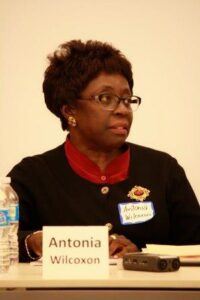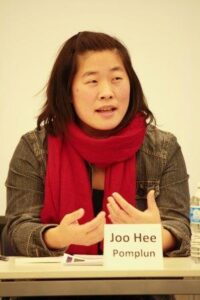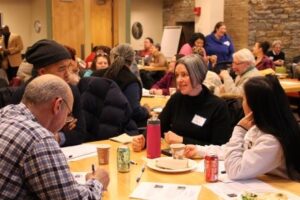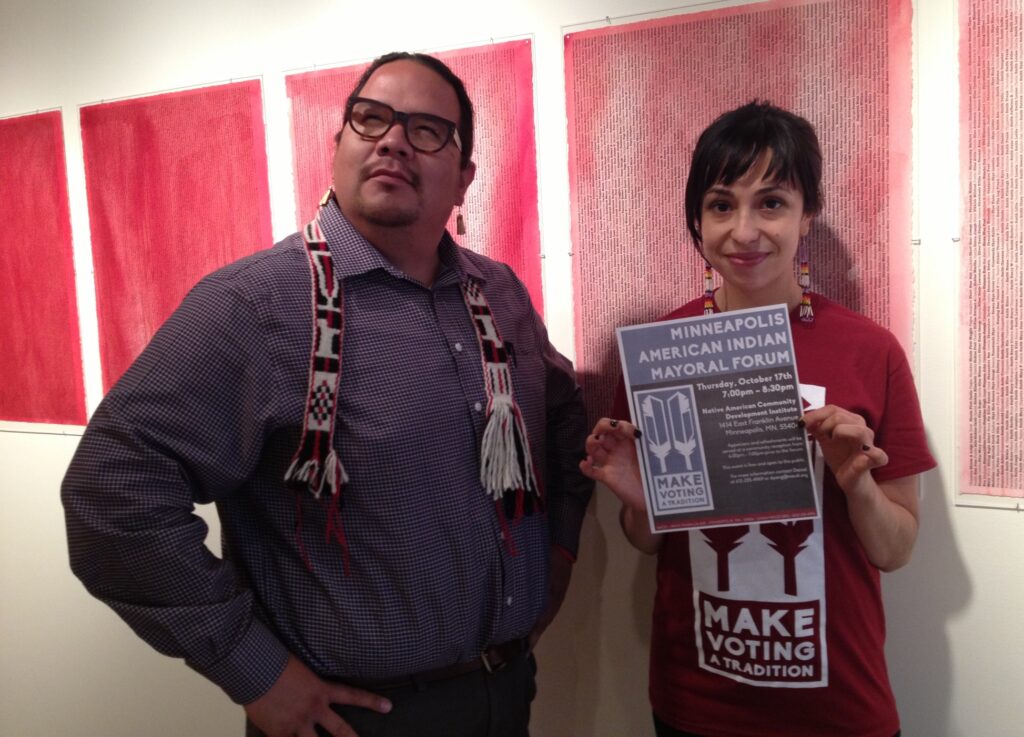As promised we are sharing an update from the community discussion of a potential Juvenile “Reception Center” on the East Side of Saint Paul. All attendees of the October 16, 2013 should receive invitations via email to upcoming community discussions of this proposal. We will share any updates or invites as we learn more.

Juvenile Detention Alternatives Initiative (JDAI) Stakeholders Group
Wednesday, October 16, 2013
Meeting notes
Brief on JDAI:
JDAI ensures that only youth who are an imminent public safety threat or flight risk are placed in juvenile detention. A detention screening tool is used to assess whether a youth needs to be in detention, or can be placed under community supervision (community based alternative). Imbedded in the effort which brings justice and community stakeholders together, is eliminating racial disparities, investing in community based and culturally responsive approaches to youth supervision and rehabilitation.
Brief on JDAI Stakeholders Group (from meeting agenda handout):
The Stakeholder Group provides an excellent forum for resolution of JDAI/Disproportionate Minority Confinement and Contact (DMC) issues. The initiative involves many jurisdictions, agencies, administrations, sectors and communities. It promotes a high degree of integration into the initiatives’ operational mission performance, but also challenges previous processes and assumptions for juvenile justice administration. The Stakeholder Group process helps reinforce the positive aspects of the former structures and provides JDAI/DMC-specific oversight and advocacy.
There were a diverse group of agencies at the meeting including (this is not a complete list):
- Saint Paul Youth Services
- 180 Degrees
- YWCA of St. Paul
- Neighborhood House
- Urban Roots
- Communities United Again Police Brutality
- St. Paul Police Department (SPPD)
- Roseville Police Department
- Ramsey County Public Defender’s Office
- Ramsey County Attorney’s Office
- Ramsey County Sheriff’s Office
- Ramsey County Community Corrections
- St. Paul Public Schools
- Supreme Court in Paraguay (to listen and learn)
- A couple of St. Paul community members
Quarterly statistics from Corrections/St. Paul Police Dept. were presented and discussed. (Information was provided via Powerpoint/handout. Statistical reports and quarterly meeting handouts have been made public on line at http://www.ramseyjdai.org/results.shtml although information has not been recently updated.)
- Admissions to detention by race continue to indicate an alarmingly disproportionate number of children of color –particularly Black children- compared with white children are being detained. Quarter 3 admission by race: 62.8% Black; 8.7% Asian; 5.9% Latino; 1.4% Native; 9.7% white; 11.5% other
- Admissions to detention have increased in the 3rd quarter and are likely to see 2013 end higher than 2012 –continuing a trend of increased admissions since at least 2010. Primary reasons for detention admissions are: felony –new offenses charged 43.8%; warrant 18.8% and misdemeanor new offense charged 17.4%. Admissions due to probation violation and court order have declined in 2013.
- Top offenses that have gone through Risk Assessment Instrument (RAI) process (http://www.ramseyjdai.org/tools.shtml ) include: Runway, Theft (value of <$499) and truancy
- From Jan 2012-Sept.2013 there were 2293 RAIs done
- Top zip codes: 55106 (39%) 55104 (19%) and 55117 (15%)
A brief overview was provided on SPPD prevention programs and partnerships which included individualized officer involvement in mentoring programs and department-wide programs. Chief Smith spoke about one particular program where grant money was obtained to hire 16 youth workers to serve Downtown St. Paul providing outreach and serving as a buffer between the SPPD and community. Funding for that program has ended.
An overview of Ramsey County Decision Point Data Pull Process Map was provided that mapped key decision points starting at the input for arrest (school, home, community) to police arrest (citation/refer to County Attorney, diversion, JDC) all the way through the court system and juvenile probation. A map of this process was included in the handout. There were remarks around gaps in the system and where youth/families were not being reached.
There was a brief discussion on recommendations by consultant Bobbie Huskey (http://home.huskey-associates.com/bobbie-huskey-juvenile-justice-consultant/) regarding juvenile justice redesign. In her report where her consulting group was retained by Ramsey County Community Corrections Department, she recommends new programs “for pre-adjudicated youth to reduce the number of youth who would otherwise be brought to detention or confined in detention” including a “Community Intervention Center (CIC).” The full report is available at: http://www.co.ramsey.mn.us/NR/rdonlyres/99A97067-7DF4-47B3-8E6D-0C181A38C4F2/32120/RCVolume1TrendsAnalaysis.pdf
There was a posing of questions around community based investments in positive youth development with a brief discussion. The point was to consider a range of services that youth need in the community to be both productively engaged and to avoid involvement in formal services (i.e. police, courts, juvenile corrections and human services.) The group was asked to consider the following questions:
- Do we have a full array of community-based investments in positive youth development for Ramsey County youth?
- Are these investments targeted where the need is the greatest?
- What critical investment are missing in Ramsey County?
- What is/are the purpose(s) of each of the investment gaps identified?
Some suggested critical investment gaps included:
- More recreation centers in challenged neighborhoods
- Park and Recreation Centers hours that correspond to youth need
- Youth outreach workers
- Mobile Crisis Unit (with youth focus)
- Safe zone’s for youth
- Self-referring shelter facility for youth
- More homeless youth shelters
- Employment opportunities for youth
- Juvenile reception/service center
- Mobile mental health crisis unit for youth
- Drop-in counseling and crisis center for youth
- Culturally responsive community-based services to youth and their families.
The group was asked to think about they see priorities are for positive youth development. For the sake of discussion, they were asked, what could $500k do to support this? There was discussion around the limited capacity of rec centers and disinvestments in (summer) youth employment programming. One person brought up that many nonprofits are operating at 80% of what they were 3 years ago and stretching to provide services. The Selby Ave. Jazz Fest was brought up as a significant community investment to build community.
The idea of a Juvenile Reception Center was the final item on the meeting agenda for JDAI to begin to discuss how (if) they want to be a part of the process.
Toni Carter, who was chairing the meeting, prefaced the discussion of a Juvenile Reception Center by stating this was a first discussion for the JDAI Stakeholder Group. In light of the discussion, she recommend on a couple of occasions to weigh the idea centered on JDAI’s guiding principles (which can be found at http://www.ramseyjdai.org/purpose.shtml ), specifically referencing the principle that “the initiative cannot succeed without the active engagement and full participation of families and communities as stakeholders.”
There was a brief overview of the two Juvenile Reception Center models from Hennepin County and Multnomah County (Oregon):
1) Hennepin County partners with the Link in Minneapolis to run the Juvenile Service Center where the Link services children who are picked up for truancy, curfew of low level offenses. Youth are assessed and referred to community services. They had 2,546 “visits” in 2010, providing more intensive case management to 232 youth. ( The LINK web information http://thelinkmn.org/juvenile-supervision-center )
2) Multnomah County’s goal is to provide police with an easy and quick place to release juveniles, allowing the officer to get back on the street. Youth are screened, provided referrals and have on-going case management. (County web information http://web.multco.us/dcj/sirn )
There were a few comments specifically critiquing the above models. One person who traveled to Portland to see their Juvenile Reception Center expressed great concern over Multnomah County’s model, saying that it merely creates a middleman to the process, which isn’t necessary. He also referenced that the center did little to support youth and their families by providing a weak referral to other community services. One person cited issues that the Link staff did not reflect the demographic of youth coming into the center (http://thelinkmn.org/staff-members ), putting into question the effectiveness of their engagement with youth. In Hennepin County, there is also an alarming disproportionate number of Black children coming into the Juvenile Service Center and system as a whole.
Ramsey County Attorney’s Office appeared to take the stance of figuring out how to resolve gaps within the County’s system and what the role of a Reception Center might be in this case (here the Ramsey County Decision Point Data Pull Process Map would be insightful). They expressed wanting to understand what the system lacked. An example of this sentiment could be found when John Choi stated, “A community reception center is a part of the solution if it’s done correctly…(it) will be a value to the community.”
The group was asked to consider if a reception center model is the solution they want to see –was this something JDAI wants to engage and advocate for? (The question of who/what agency has the ultimate decision power to decide up on a Reception Center was brought up but not specifically addressed.)
One question brought up multiple times was what was the goal of a reception center? If we understand that a system is built for the outcomes that the system wants, then just what does the system want? There was a lack of clarity about the “why.” One woman brought up a point of schools and truancy stating a need for advocacy responses that don’t require an introduction to the system. Multiple people (including 180 Degrees) raised the question of youth and community engagement about the model –what do youth have to say about this?
There was discussion about next steps for JDAI Stakeholders Group to consider their engagement with the Reception Center Model. At first, the idea was thrown out that a work group get together and provide an initial recommendation to the Stakeholder Group at the next Quarterly meeting, which will be held January 15, 2014. Chief Smith recommended people actually take a closer look at the LINK and Portland models, citing enthusiasm for SPPD’s VIP model (Violence Intervention and Prevention Initiative). It was decided that an email would go out to the group (including people who provided contact information on the sign in sheet) to draw together a group to pursue next steps.
The next JDAI Quarterly Stakeholders Meeting will take place Wednesday, January 15, 2014 (noon-1:30pm) at St. Paul Public Schools, 360 Colborne Street, St. Paul.
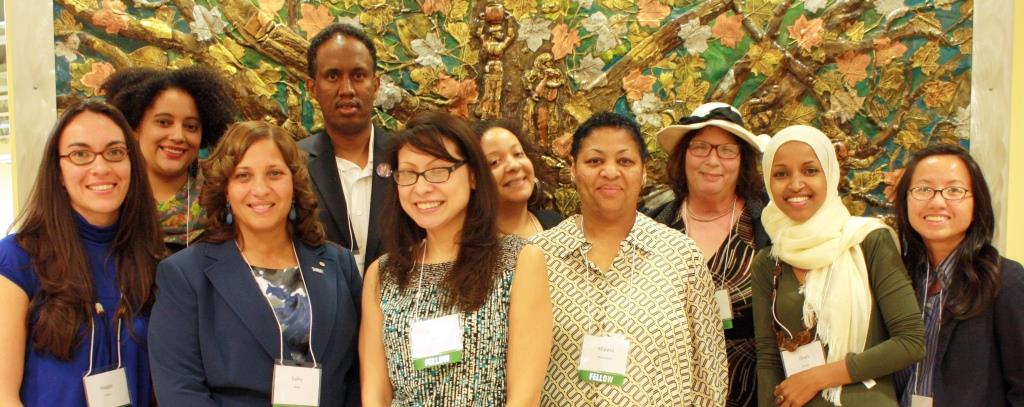 The deadline for submissions is Friday, July 18th by 12 midnight CST
The deadline for submissions is Friday, July 18th by 12 midnight CST
